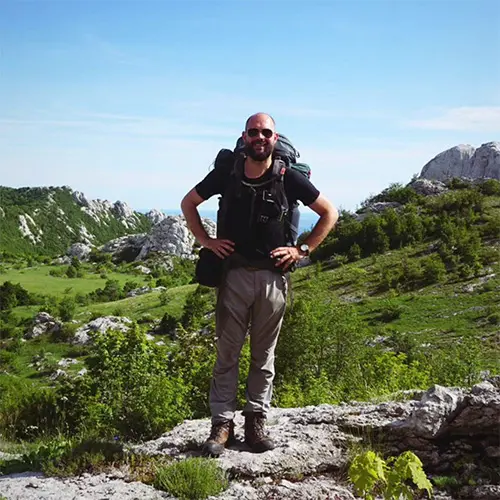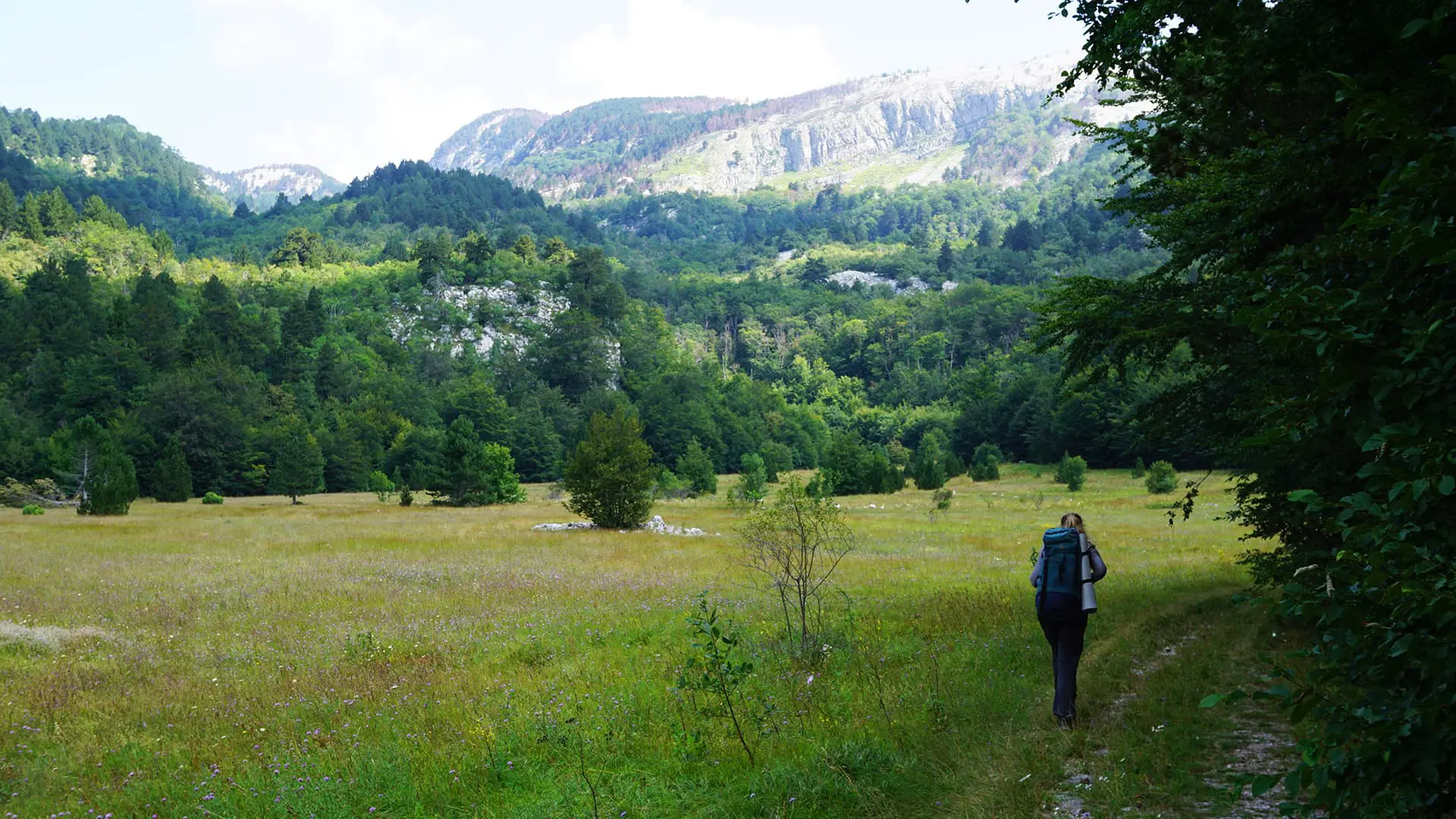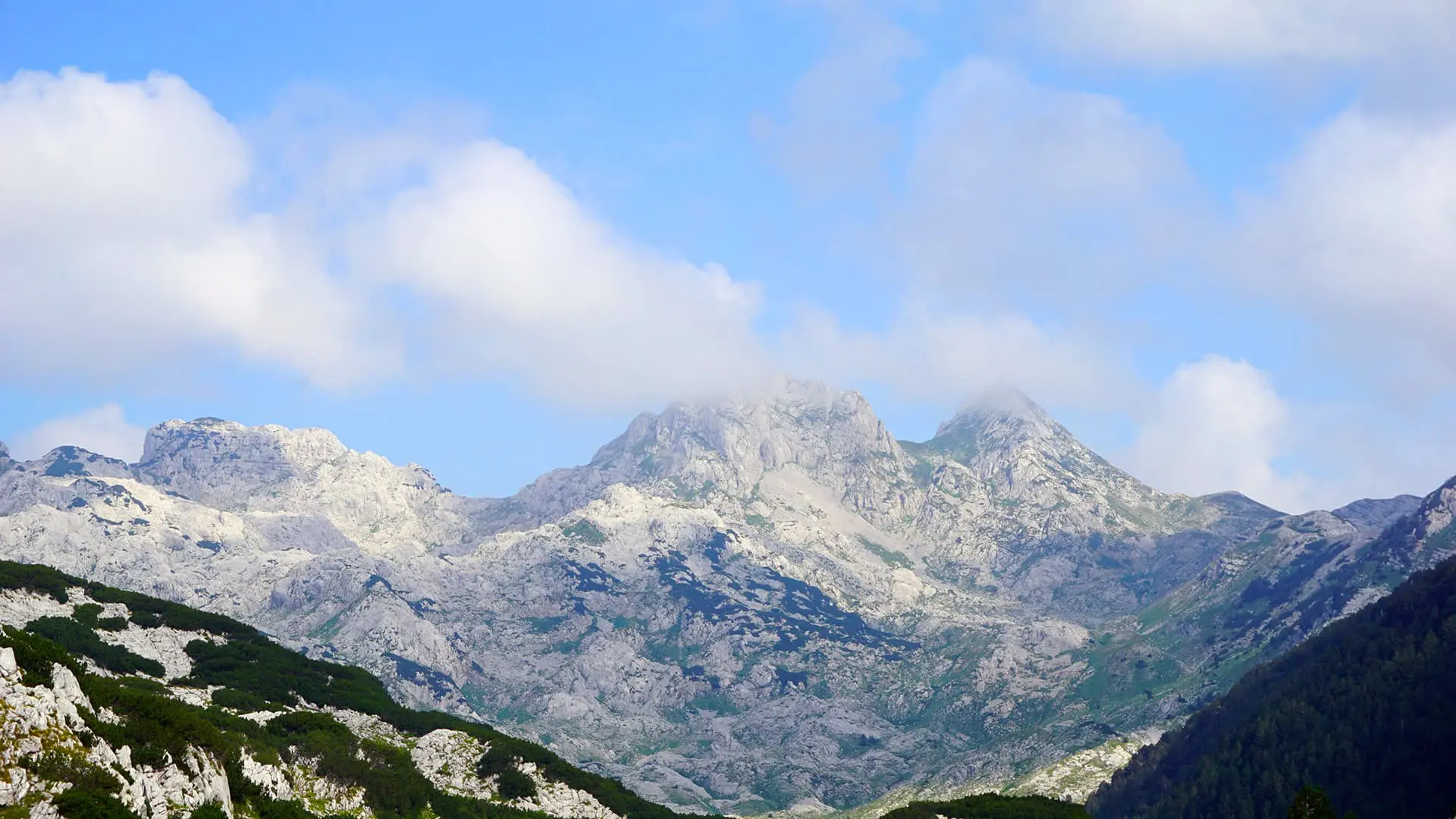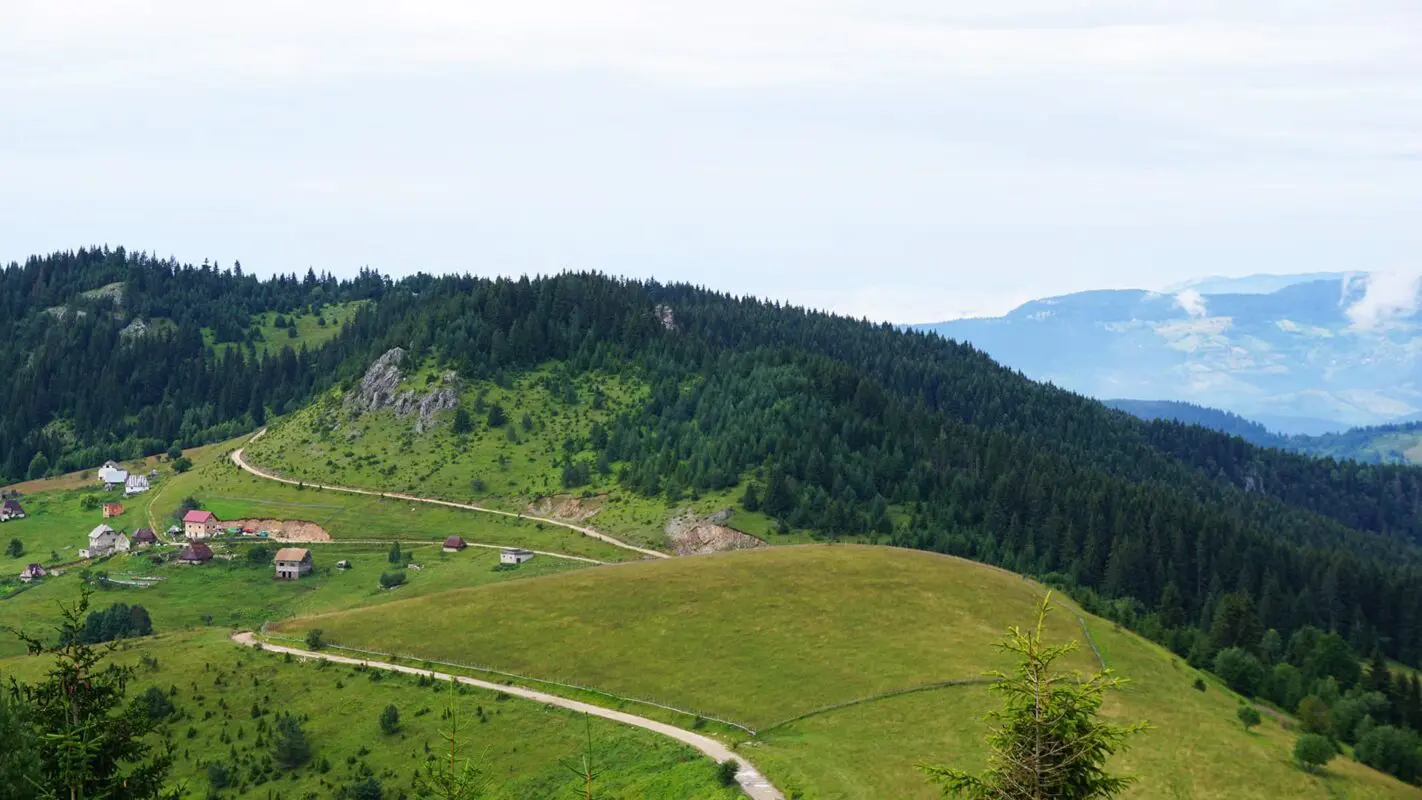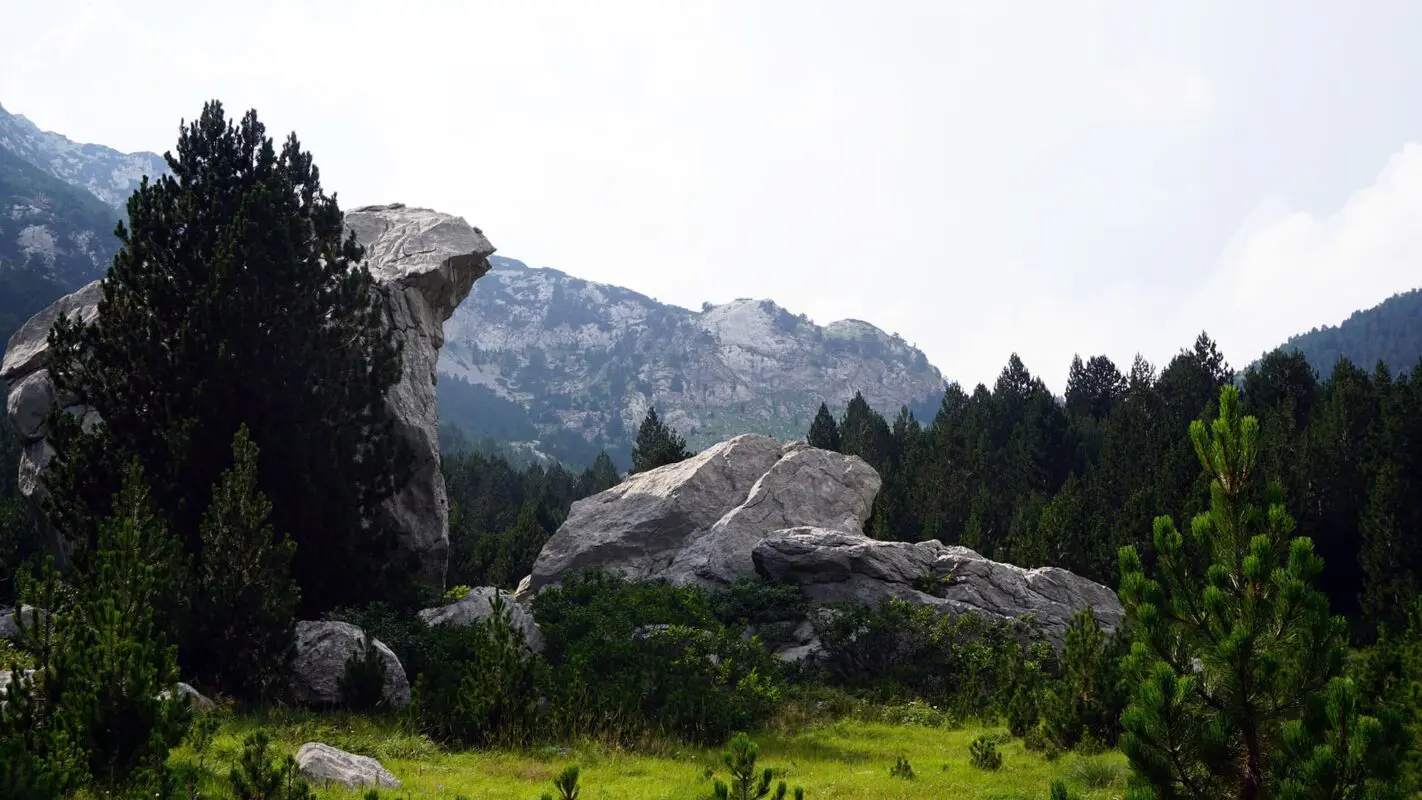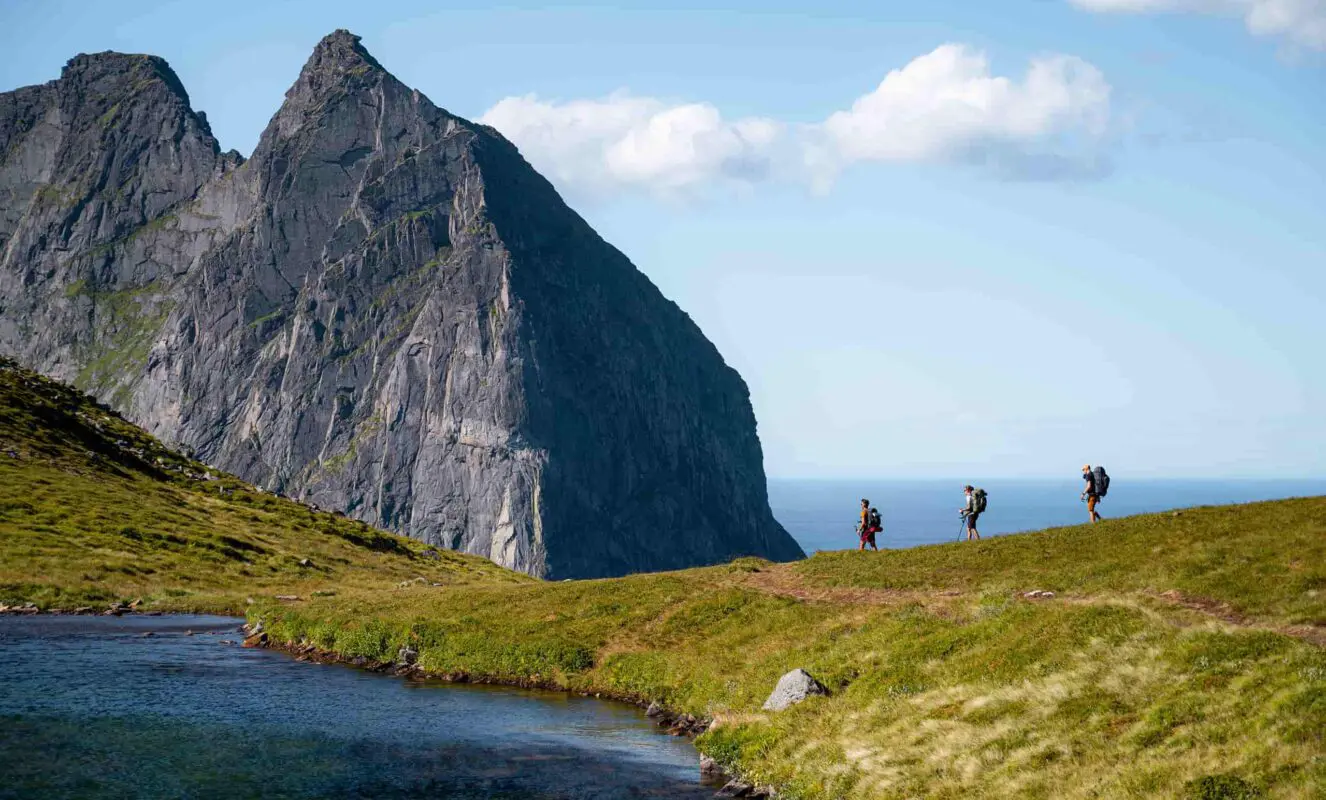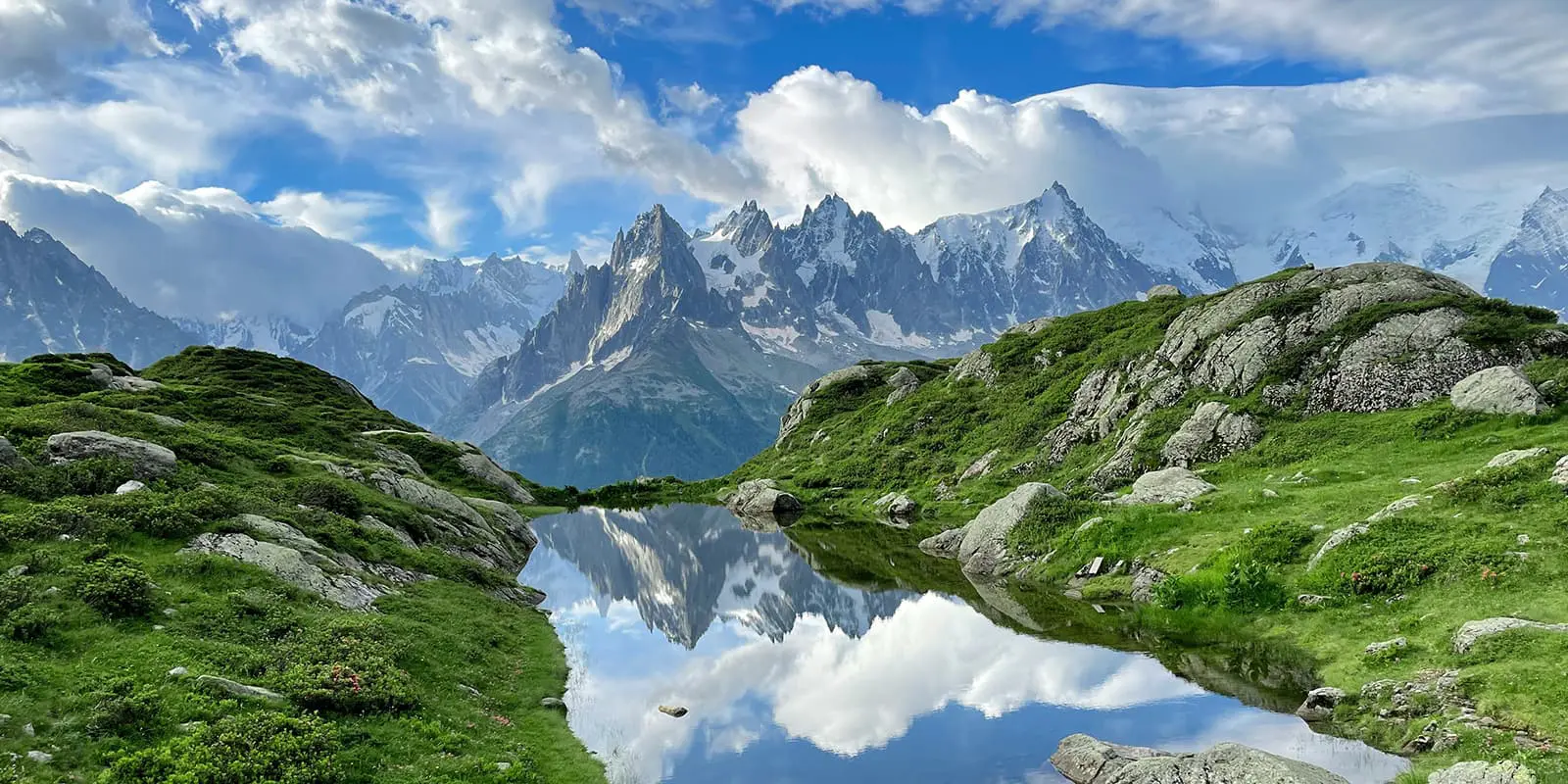The Via Dinarica White Trail is probably the most defining thru-hike of the Dinaric Alps and the Balkans as a whole. On your journey along this epic trail, you’ll cross borders between Slovenia, Croatia, Bosnia-Herzegovina, Montenegro, and Albania. The trail is much more than just a collection of pre-existing trails however, as many see the formation of the Via Dinarica as an example of changing times, of healing wounds between nations that only too recently were bitterly divided by the fallout of a ruthless war.
Part of a network of three trails that carry the name Via Dinarica, the White Trail was the first to be completed, and the only full mountain hiking route out of the three Via Dinarica trails. Where the Green Trail focuses more on lower altitude bike paths and the Blue Trail on kayaking sections, the White Trail brings you to the highest regions of the Dinaric Alps.




